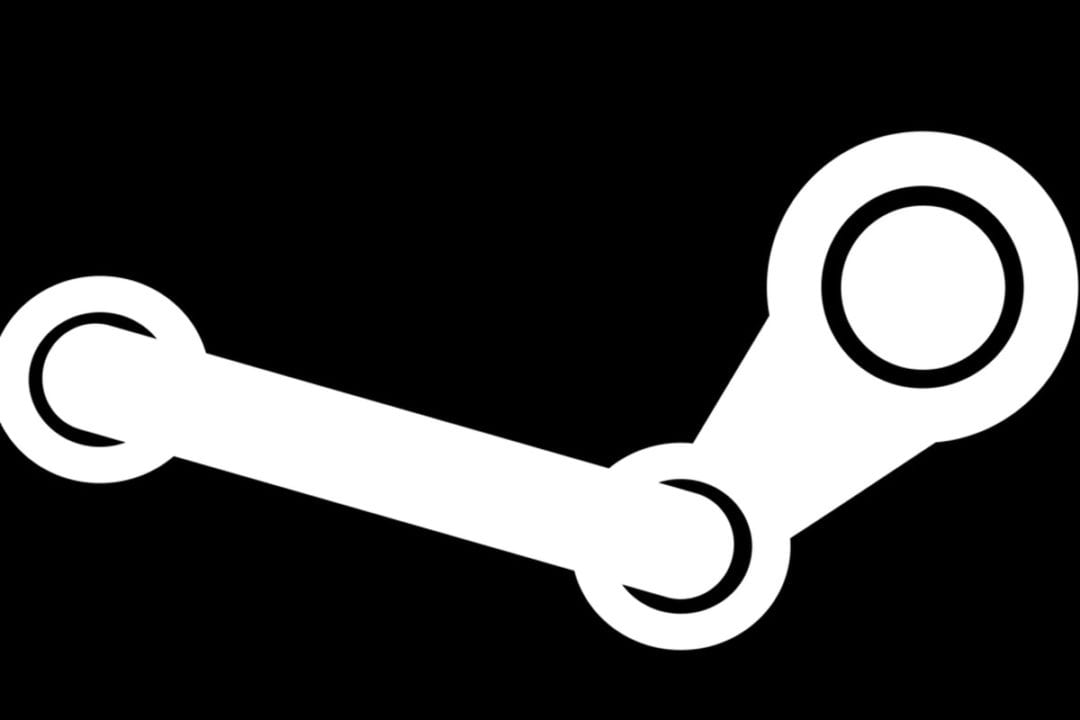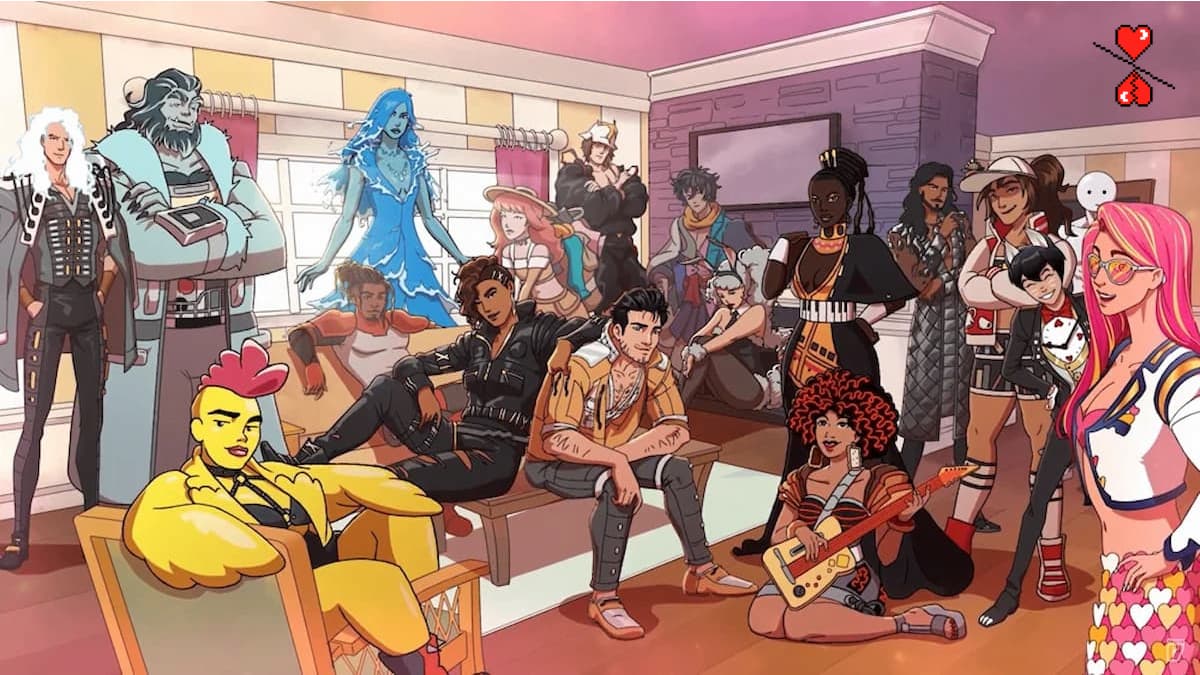As I’ve mentioned in this space previously, the Epic Games Store is challenging Steam. I liked the company’s initial idea to attract developers by offering them a bigger cut of sales, although I’m not impressed with Epic’s primitive and underdeveloped storefront. It’s good for developers, but it’s not so good for consumers. This makes it even more frustrating that Epic Games is offering lump sums of money to get developers to agree to sell their titles exclusively through the EGS. Being denied a choice of platform is bad, but being obliged to use the most unfinished and feature-poor platform is downright frustrating.
Last week Epic Games founder and CEO Tim Sweeney issued an interesting challenge to Valve:
If Steam committed to a permanent 88% revenue share for all developers and publishers without major strings attached, Epic would hastily organize a retreat from exclusives (while honoring our partner commitments) and consider putting our own games on Steam.
— Tim Sweeney (@TimSweeneyEpic) April 25, 2019
Be sure to read the entire thread for the full context, but basically Sweeney said that if Valve would lower their cut from 30% to 12% to match what EGS is doing, then his company would stop buying exclusives. Sweeney doesn’t like that Steam takes 30% of sales from game developers who sell their games on the platform, and he presents this challenge as his way of fighting back.
I can see where Sweeney is coming from. Retail gaming outlets struggle to keep just 12% of the sales price for themselves, and those places have to pay for buildings and employees to move goods around, secure the merchandise, and process transactions. On the surface, it seems pretty unreasonable that Steam gets to keep so much of the sales price when they don’t have any of the overhead of traditional stores.
I’m really enjoying watching these two companies slug it out. I’ve been complaining for years that nobody seems to want to fight Valve for control of the digital storefront. GoG doesn’t have deep enough pockets. EA doesn’t seem interested in using Origin to do anything but sell EA games. The rest of the platforms all have problems that keep them from being a serious threat to Valve. The Epic Games Store is the first contender with both the will and the resources to fight in Valve’s weight class.
Maybe you’re a fan of the narrative that greedy, incompetent Epic is attacking games by bribing developers into making their titles exclusive to the EGS. Maybe you’re a fan of the viewpoint that upstart Epic is just trying to help the industry break free of Valve and their blood-sucking 30% cut of game sales. Either way, we need some context before we can understand this battle.
In Defense of the Steam Cut
The assumption seems to be that Valve is sitting back and soaking up all this money without providing any value to the consumer. Sweeney even calls them “the Game Developer IRS.” This is a popular viewpoint, but it’s not really accurate.
Back in March, Valve employees gave a talk at GDC where they revealed some details about the Steam infrastructure. Apparently Valve Software has a presence in 30 major cities around the world, and they have their own direct connections between these locations that are independent of the public internet. It’s like a backup internet running on top of the public net. This network handles content delivery and gameplay data. The advantage of this setup is that it insulates Steam users from internet congestion. The example the developers gave at the talk is the release of an episode of Game of Thrones, when millions of people all begin streaming HD video at the same time. Gamers might still experience delays due to local congestion thanks to lousy internet providers, but Valve’s backup internet gives everyone the best chance to enjoy speedy downloads and lag-free multiplayer games.
Last year, the Valve network handled two exabytes of data. That exceeds the entire global internet traffic load of 2003. If some node of this network were to fail, or if someone were to attack it, the system is designed to seamlessly reroute Steam’s traffic over to the regular internet until the problem is resolved. Valve has built a network with a global presence, multiple layers of redundancy, and staggering throughput. This network is available and free to use for any game that releases on Steam, regardless of where that game was sold. This means that if you release a game on Steam and also on GoG, copies sold on GoG still can enjoy the multiplayer benefits of Valve’s content delivery system. This is pretty generous considering how easy it is to get a game on Steam these days. It means almost any starry-eyed developer has free access to this massive system for their game.
It takes an enormous investment of cash to design, build, and maintain a global system like this. You can criticize Valve for a lot of things, but it’s pretty hard to sell the notion that the company doesn’t care about games and just wants to rake in a big pile of money.
Valve has also adapted their store to work within a myriad of different countries. In Japan, gamers don’t buy things online using credit cards. Instead, they go to a convenience store to buy store credit. Essentially, this system allows consumers to buy things online using cash. It might seem odd to Westerners, but this is how Japanese urbanites want to buy things. If you want to do business with them, then you need to do it on their terms.
Lots of countries have their own particular preferences for how people expect to buy things, how local businesses behave, and how local governments regulate and tax transactions. Again, it takes a big upfront investment to create a system that allows you to do business globally.
Why Valve Can’t Match the 12% Cut
When you buy a gift card in a retail outlet, the retailer usually keeps between 10% and 15% of the face value. So if you buy a $10 Steam card at Walmart, then Walmart might keep $1.50. Valve would get the remaining $8.50, and they’d give you $10 of Store credit. Since Steam keeps 30% of the purchase price of a game, Valve can afford to eat this $1.50 loss. However, if Valve took Sweeney up on his challenge and lowered the Steam cut to 12%, it would make selling gift cards a losing proposition. Sweeney is acting like he’s fighting for a better cut for developers, but he’s also demanding that Valve agree to lose money on every game sale in Japan forever.
Sweeney’s store is a barebones skeleton, so it’s easy for his company to take such a small bite of sales. That’s fine, inasmuch as it gives developers a choice. If they just want a place to sell games, they can go with the Epic Games Store. If they want a full-featured store then they can go with Steam.
The problem is that Sweeney is pretending like his company is offering the same service that Steam is. It’s like if McDonald’s challenged a fancy restaurant to lower the price of steak to the price of a Happy Meal and then acted like they were fighting for the little guy.
I agree with Sweeney’s principle that Valve takes a huge cut and the market could use some more competition. Not every game needs the vast resources of Valve’s sprawling global infrastructure. If I make a simple single-player 2D game and I don’t have the means to localize the game for non-English audiences, then I don’t need the high-speed content delivery network or multiplayer framework, and I don’t benefit from the ability to access foreign markets. I’m probably running a small operation with just two or three people. When Valve keeps 30% of my game’s sales price, they’re taking money that’s important to me but peanuts to them. They’re taking money I need in exchange for a lot of services I don’t. It would be great if Steam offered some sort of bargain for those of us who don’t need or want the full slate of Steam features.
The irony is that Steam is the only major platform that will welcome those broke indie developers. Obscure indie games that don’t need Steam’s extra features and can’t really afford the 30% cut would be better off on a minimalist platform like the Epic Games Store, but EGS is a curated platform that’s only interested in titles with mainstream appeal. Epic is avoiding helping the small fry operations that need the EGS the most, and instead signing deals with major titles that really ought to be using the Steam network infrastructure.
I’d be more inclined to side with Epic if the platform was more robust. The company is working on it, and the feature roadmap makes it seem like Epic is aware of the EGS’s many shortcomings. But Sweeney daring Valve to match Epic in price when EGS isn’t even close to matching Steam in features isn’t reasonable or fair. Sweeney needs to spend less time issuing challenges to Valve and a little more time overcoming the challenges his company has in front of it.













Published: May 7, 2019 1:32 PM UTC